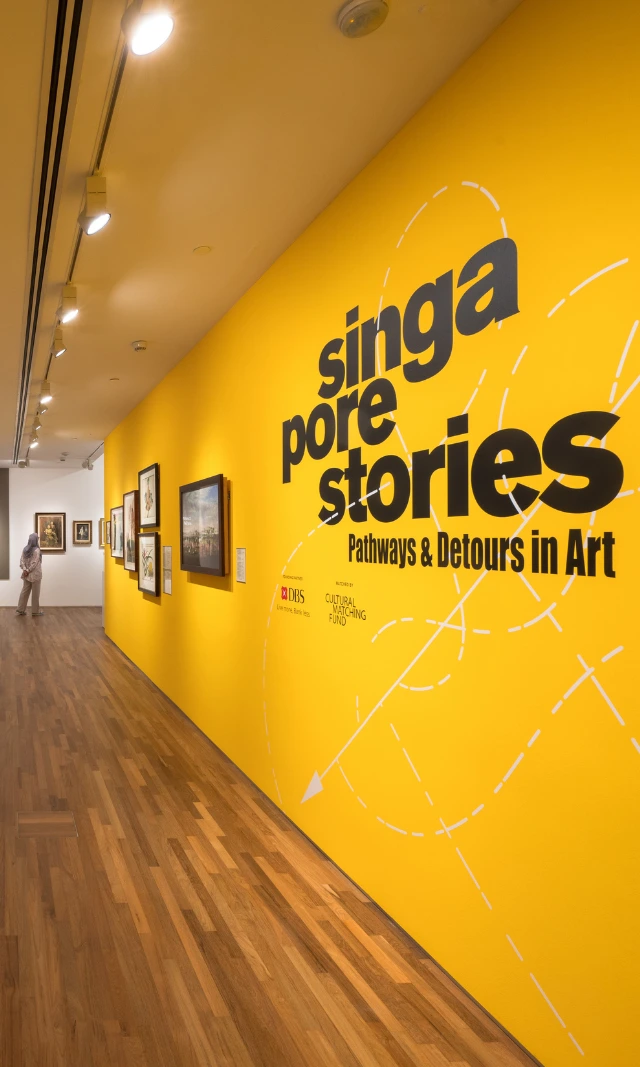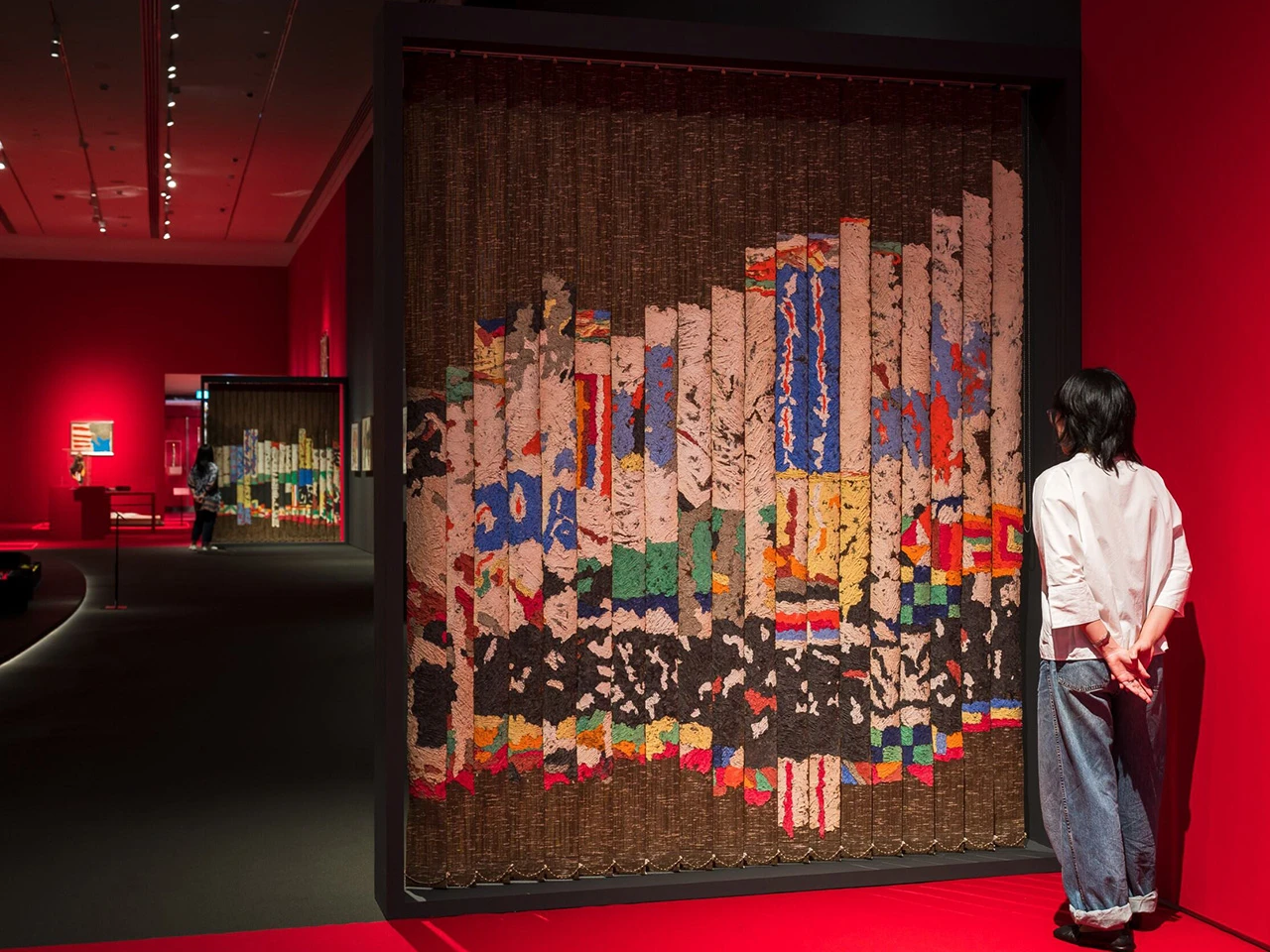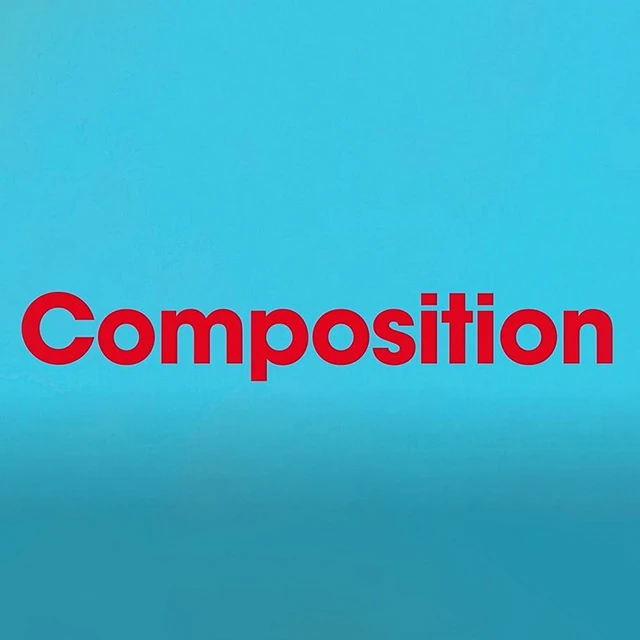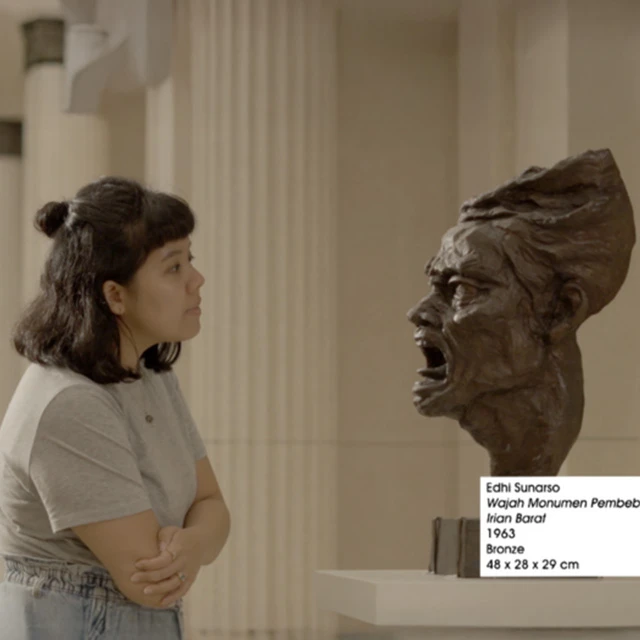As We See It – Taking Shape
Discover how artists create two and three-dimensionality in their artworks, transforming flat surfaces into a story.
Share
How do artists use line, shape, and form to influence our experience of an artwork? How do these elements relate to each other?
Jump to a section:
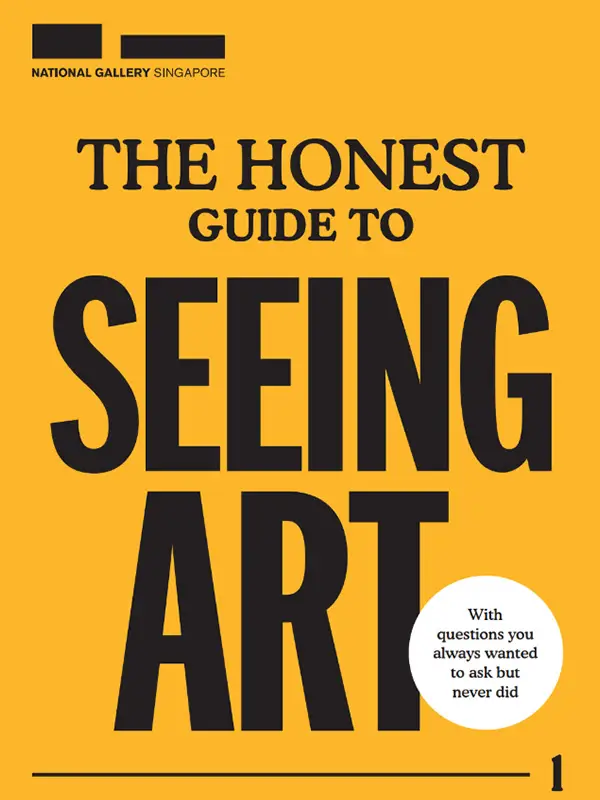
You’re reading an adaptation of our booklet, The Honest Guide to Seeing Art, part 1. Pick up your free physical copy at the Gallery!
Types of lines
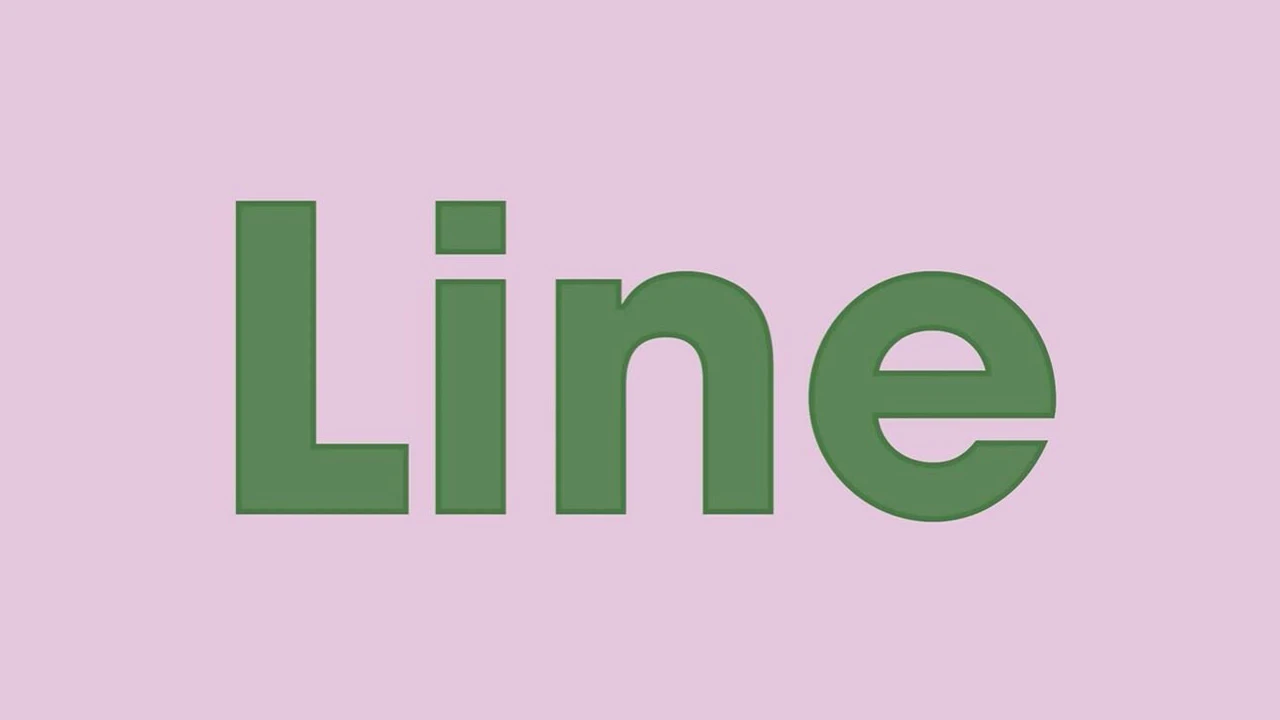
A line is the path a point makes when moving through space. A line can run horizontally or vertically. When used together, horizontal and vertical lines can define space by implying width and height. Diagonal lines can convey movement, and create the impression of depth.
Lines are not always straight – curving, twisting, tortuous lines can express anything from energy and tension to calm and serenity.
So, how are lines related to shape?
Taking shape

Shapes are two-dimensional structures enclosed by lines. They have both height and width and can be geometric or organic.
Geometric shapes, such as squares and triangles, are mathematically regular. They are constructed using lines, angles, and points.
Organic or biomorphic shapes are irregular, like what we see in the natural world.
What’s the difference between shape and form?
Informed about form

Form adds the third dimension: depth.
In sculptures, form is literal, but in paintings and drawings, form can be an illusion created by an artist’s skillful use of composition, colour, line, and space.
Artists often manipulate form to challenge our assumptions and perceptions. In Southeast Asian art, you’ll find abstract forms that are at once playful and thought-provoking, encouraging new ways of seeing.








